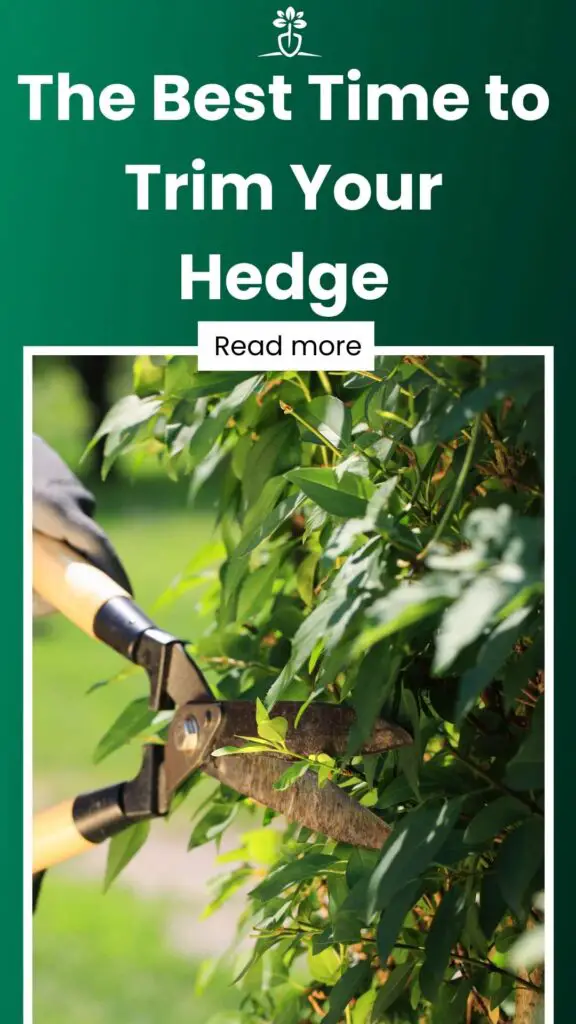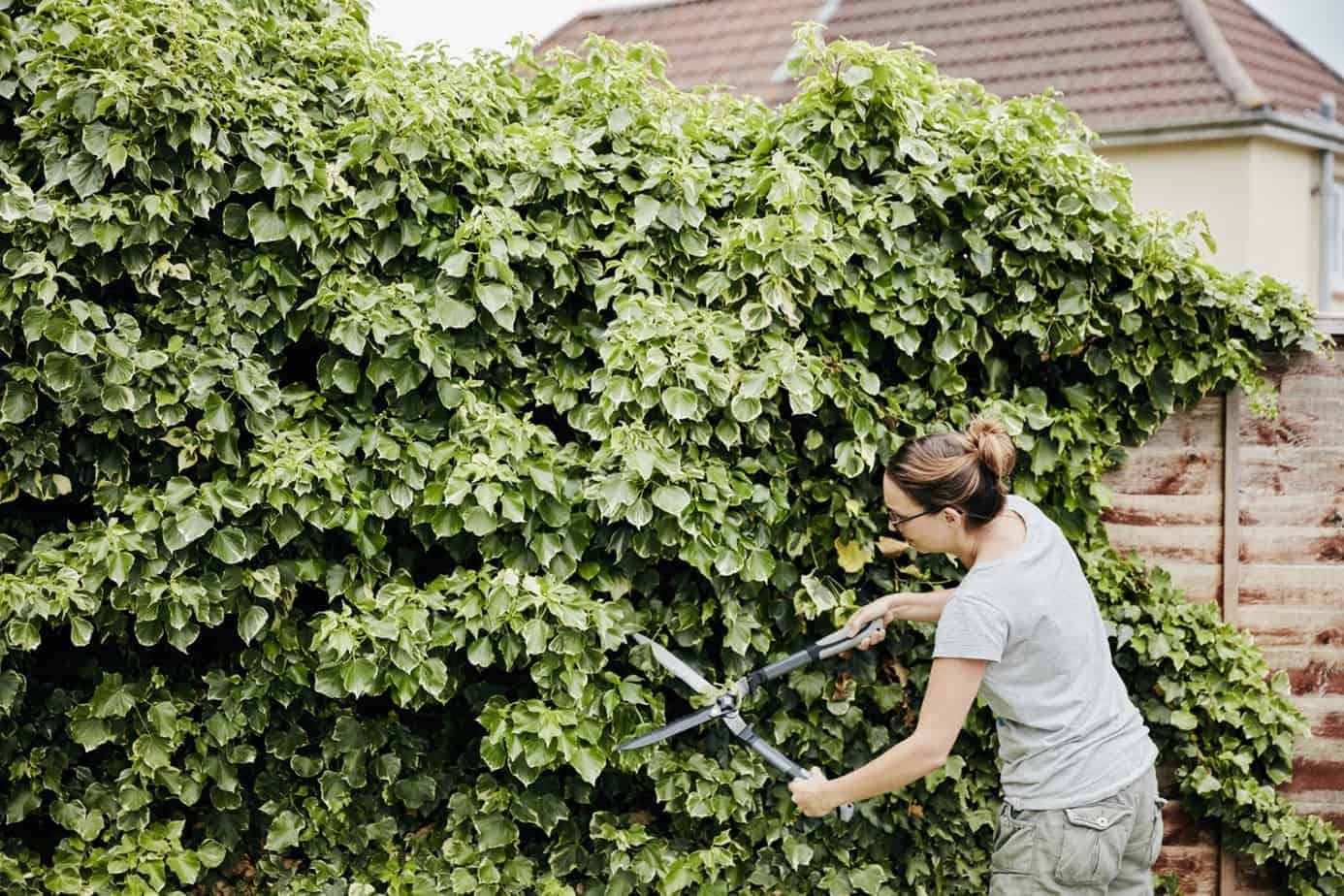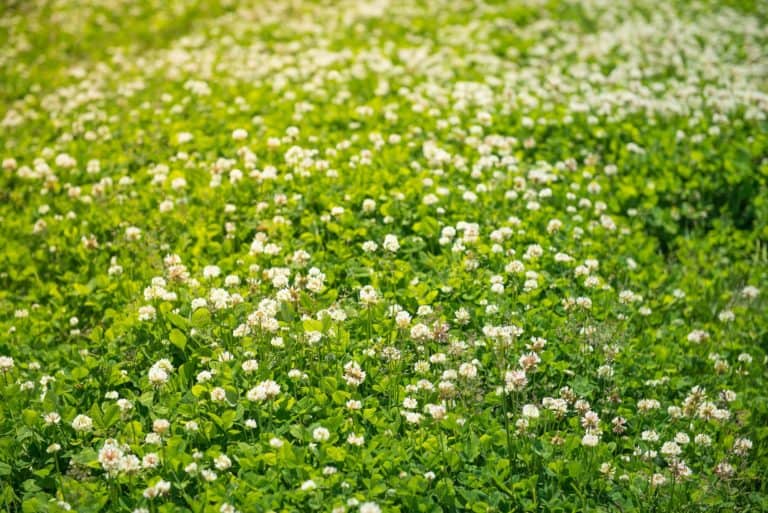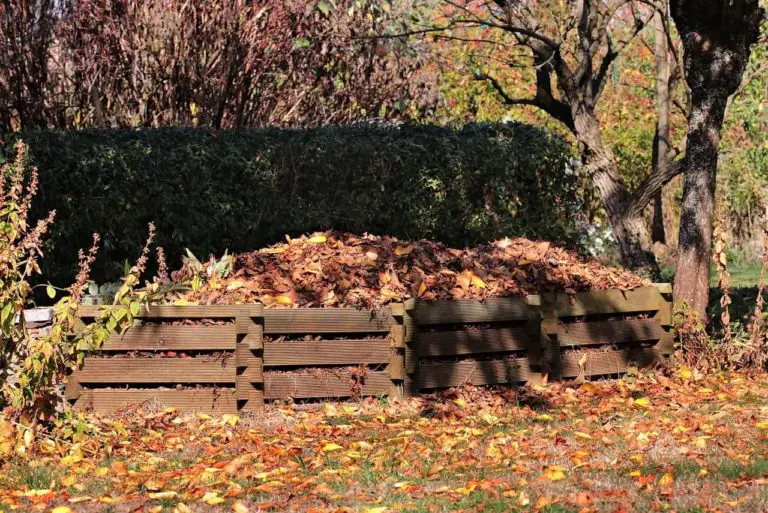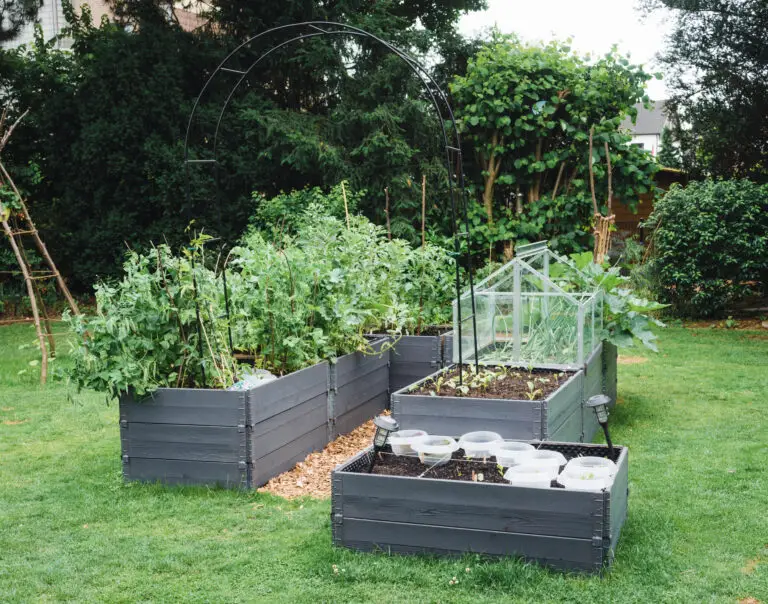The Best Time to Trim Your Hedge
**Trimming hedges keeps a yard or garden **looking neat**, but **choosing the** best time **is crucial.****
This article outlines the best time to trim different types of hedges, characteristics of shrubs that make good hedges, and the best techniques to use to ensure that your hedges maintain their overall health and desired size.
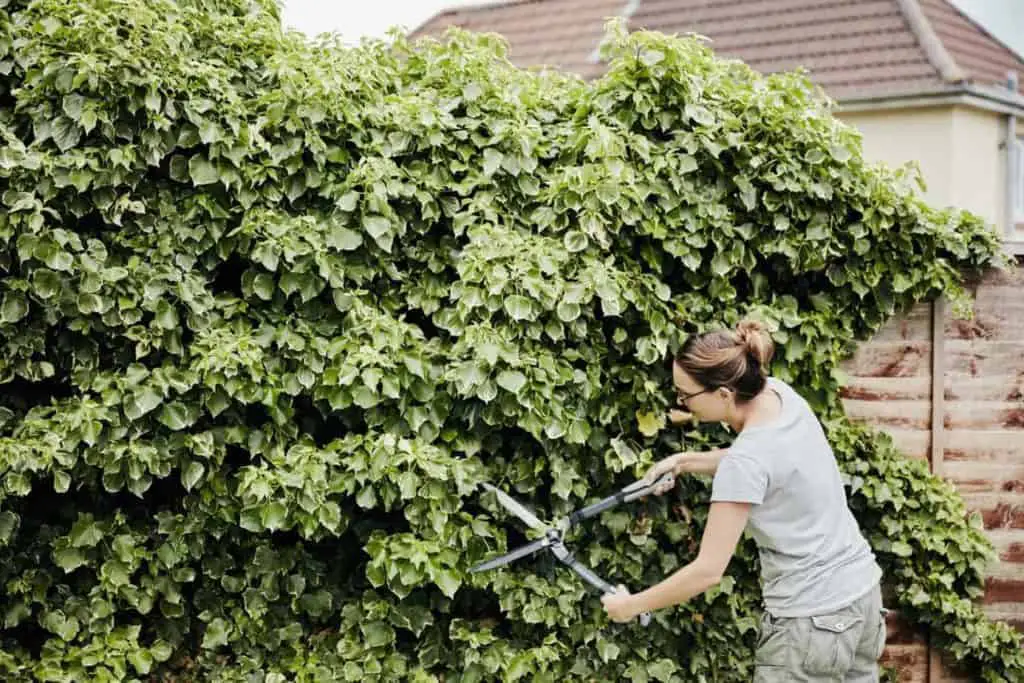
Contents
When is the Best Time to Trim Your Hedge?
It depends. In the first year you plant your hedges, basic annual maintenance is all you need to get to your desired size.
By not trimming too often, your hedges can acclimate to space. However, you need to be on the lookout for vigorous shoots that may tend to outgrow others. You definitely want to make sure your branches don’t get too thick.
You should start trimming frequently in the second year. You will likely want to buy the best cordless hedge trimmer to do this. How often you should trim depends on the type of hedge you have. Fast-growing hedges such as laurels, Green Giant Arborvitae need frequent trimming—twice a year to maintain a standard and compact hedge size). On the other hand, slow-growing hedges like Emerald Green Arborvitae require one trim every 2 to 3 years.
The table below is a good guideline.
| Light Pruning (once per year) | Moderate pruning (once or twice per year) | Regular pruning (More than two times per year) |
| Yew hedge, Emerald Green Arborvitae, Holly, Fagus Sylvatica, Arrowwood Viburnum, Atrpurpurpea | American Arborvitae, Virescens Western Red Cedar, Fagus Syvatica, Portuguese Laurel, Teton Firethorn, Bald Cypress, Green Mountain Boxwood, Schip Laurel, Royal Star, Carpinus Betulus | Prunus Laurocerasus, Flame AMUR Maple, Green Giant Arborvitae |
When To Trim Your Hedge
- Usually, early fall, late spring or winter make the best time for hedge pruning because they’re fully dormant (and aren’t producing buds) at this time. If you trim hedges when they’re not dormant, it will take longer for the hedge to fill out.
- Avoid trimming the hedges when the weather is dry. You should prune before the first frost date and on a cloudy day because it helps prevent the leaves from burning excessively. Trimming hedges that produce heavy sap flow during the spring—before the leaves have fully developed—leads to cuts that can cause the plant too much stress. These cuts make the hedges more susceptible to diseases, pests and drought conditions.
- If you have conifer hedges, you should avoid waiting for too long before trimming them. Late pruning prevents them from “filling in” as they may not develop new buds, while trimming the overgrown branches can make the process tiresome.
Trim the sides and allow the top hedge to continue growing if you want to add height to your hedges. Overgrown conifer hedges have fewer buds than other types of hedges, resulting in unattractive and partially bare hedges. You should give them smaller trims, but more often, to achieve great results.
Which Shrubs Make the Best Hedges?
Cypress, Camellia, Flowering Currant, Wild Privet, Weigela, Photinia, and Strawberry Tree are all easy to trim and respond well to pruning.
Here are the key characteristics of shrubs that make perfect hedges:
- Shrubs that remain green all-year-around
- Berry shrubs that attract birds
- Shrubs with blossoming flowers in different seasons
- Shrubs that are resistant to parasites and diseases
What are the Best Techniques to Use in Trimming Your Hedge?
To optimize your hedge growth (and get that density), follow the tips below:
- Ensure you trim the base wider than the tip so that the shrubs can get enough light
- Use a gas-powered or an electric hedge trimmer for hedges that are 5 m (16 feet) long. This makes the process much easier and more accurate
- Shears are perfect for shorter hedges due to their accuracy
- Use pruners to trim large branches
Final Thoughts
Usually, hedges are grown from shrubs with two vegetation phases in a year, one at the end of summer and another in spring. Ideally, you want to wait for these growth periods to slow down before trimming your hedges to ensure that they retain your desired shape for a longer time.
Don’t forget that the best time to trim your hedge depends on the type of shrub you have in your home.
